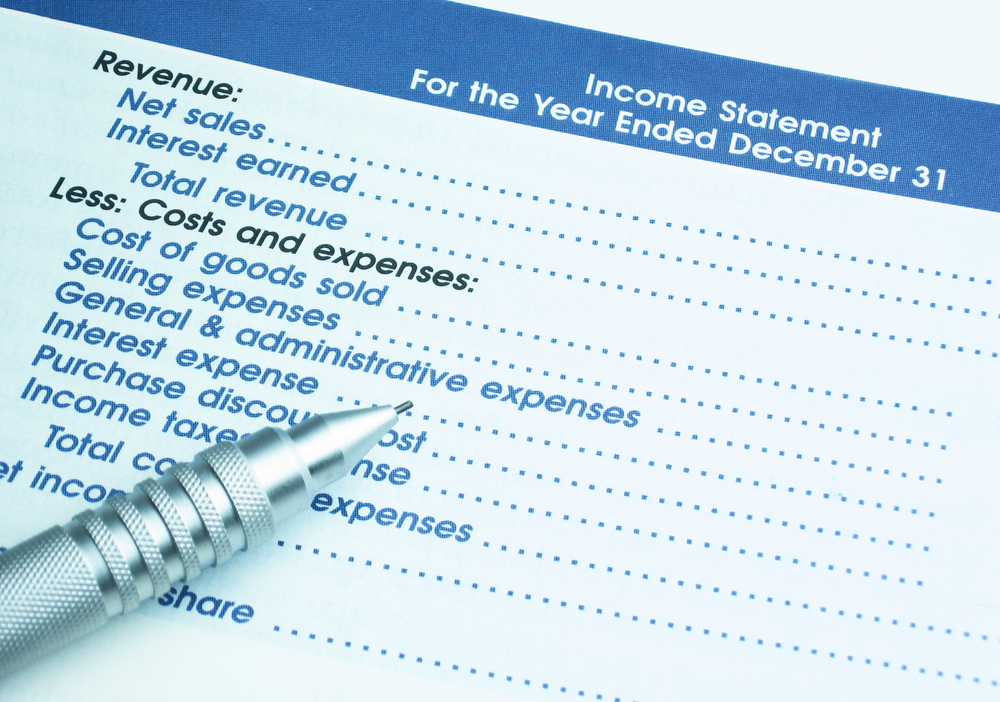What is the impact of your business financials in building business credit? Well, they aren’t everything you need to do, but business financials are the meat in your business credit sandwich.
What Are Business Financials in Building Business Credit?
Federal Business Tax Returns in Your Business Financials in Building Business Credit
The form of business you operate determines what taxes you must pay and how you pay them. All businesses except partnerships must file an annual income tax return. Partnerships file an information return. The form you use depends on how your business is organized.
When beginning a business, you must decide what form of business entity to establish. Your form of business determines which income tax return form you have to file. The most common forms of business are the sole proprietorship, partnership, corporation, and S corporation. A Limited Liability Company (LLC) is a business structure allowed by state statute.
A sole proprietor is someone who owns an unincorporated business by himself or herself. However, if you are the sole member of a domestic limited liability company (LLC), you are not a sole proprietor if you elect to treat the LLC as a corporation. Sole proprietors file Schedule C (Form 1040), Profit or Loss from Business (Sole Proprietorship).
A partnership is the relationship existing between two or more persons who join to carry on a trade or business. Each person contributes money, property, labor or skill, and expects to share in the profits and losses of the business. A partnership must file an annual information return to report the income, deductions, gains, losses, etc., from its operations, but it does not pay income tax. Instead, it “passes through” any profits or losses to its partners. Each partner includes his or her share of the partnership’s income or loss on his or her tax return. Partnerships must furnish copies of Schedule K-1 (Form 1065) to the partners by the date Form 1065 is required to be filed, including extensions.
In forming a corporation, prospective shareholders exchange money, property, or both, for the corporation’s capital stock. A corporation conducts business, realizes net income or loss, pays taxes and distributes profits to shareholders. The profit of a corporation is taxed to the corporation when earned, and then is taxed to the shareholders when distributed as dividends. If you are a C corporation, you file form 1120.
S corporations are corporations that elect to pass corporate income, losses, deductions, and credits through to their shareholders for federal tax purposes. Shareholders of S corporations report the flow-through of income and losses on their personal tax returns and are assessed tax at their individual income tax rates. In order to become an S corporation, the corporation must submit Form 2553 Election signed by all the shareholders. S corporations also file form 1120.
A Limited Liability Company (LLC) is a business structure allowed by state statute. Owners of an LLC are called members. Depending on elections made by the LLC and the number of members, the IRS will treat an LLC as either a corporation, partnership, or as part of the LLC’s owner’s tax return (a “disregarded entity”). Specifically, a domestic LLC with at least two members is classified as a partnership for federal income tax purposes unless it files Form 8832 and affirmatively elects to be treated as a corporation.
You will need at least two years of business tax returns with your business financials in building business credit.
Balance Sheet, Income Statement and Cash Flow Statement in Your Business Financials in Building Business Credit
A balance sheet is a statement of the financial position of a business that lists the assets, liabilities, and owner’s equity at a particular point in time. In other words, the balance sheet illustrates your business’s net worth. The balance sheet may also have details from previous years so you can do a back-to-back comparison of two consecutive years. This data will help you track your performance and will identify ways to build up your finances and see where you need to improve. You can also use the balance sheet to determine how to meet your financial obligations and figure out the best ways to use credit to finance your operations.
An up-to-date and accurate balance sheet is essential for a business owner looking for additional debt or equity financing, or who wishes to sell the business and needs to determine its net worth. All accounts in your general ledger are categorized as an asset, a liability or equity. The relationship between them is expressed in this equation: Assets = Liabilities + Equity. The items listed on balance sheets vary from business to business depending on the industry, but in general, the balance sheet is divided into these three categories.
Assets are typically organized into liquid assets: those that are cash or can be easily converted into cash, and non-liquid assets that cannot quickly be converted to cash, such as land, buildings, and equipment. The list of assets may also include intangible assets, which are much more difficult to value.
Liabilities are funds owed by the business and are broken down into current and long-term categories. Current liabilities are those due within one year and include items such as accounts payable, wages payable, income tax deductions, building and equipment rents, customer deposits, sales taxes payable. Long-term liabilities are any that are due after a one-year period. These may include deferred tax liabilities, any long-term debt such as interest and principal on bonds, and any pension fund liabilities.
Equity is that which remains after subtracting the liabilities from the assets. Retained earnings are earnings retained by the corporation — that is, not paid to shareholders in the form of dividends. Retained earnings are used to pay down debt or are otherwise reinvested in the business to take advantage of growth opportunities. While a business is in a growth phase, retained earnings are typically used to fund expansion rather than paid out as dividends to shareholders.
The Income Statement, or Profit & Loss (P&L) Statement is one of a company’s core financial statements that shows their profit and loss over a period of time. The profit or loss is determined by taking all revenues and subtracting all expenses from both operating and non-operating activities. The statement displays the company’s revenue, costs, gross profit, selling and administrative expenses, other expenses and income, taxes paid, and net profit, in a coherent and logical manner.
The statement is divided into time periods that logically follow the company’s operations. The most common periodic division is monthly although certain companies may use a thirteen-period cycle. These periodic statements are aggregated into total values for quarterly and annual results.
A cash flow statement is a financial statement that provides aggregate data regarding all cash inflows a company receives from its ongoing operations and external investment sources. It also includes all cash outflows that pay for business activities and investments during a given period. The cash flow statement is believed to be the most intuitive of all the financial statements because it follows the cash made by the business in three main ways—through operations, investment, and financing. The sum of these three segments is called net cash flow.
Business Debt Schedule (BDS) in Your Business Financials in Building Business Credit
When your business has debts, it’s wise to be able to quickly and easily put your hands on the details of that debt. Especially since most debts require a periodic payment and you are accruing interest every month.
A business debt schedule, much like it sounds, is a list of all the debts your business currently owes. This can include loans, leases, contracts, notes payable and other miscellaneous periodic payables. Regular expenses like short term accounts payable and accrued liabilities are normally not included in your business debt schedule.
As you begin to create a business debt schedule, your list should include all the pertinent details of each debt, including Creditor/Lender, original amount of debt, current balance, interest rate, monthly payment, due date, maturity date and any collateral.
Business Bank Statements in Your Business Financials in Building Business Credit
Last but not least, your bank activity is an essential component of your business financials in building business credit. You will need to provide a minimum of three months of business bank statements to apply for most business loans.

